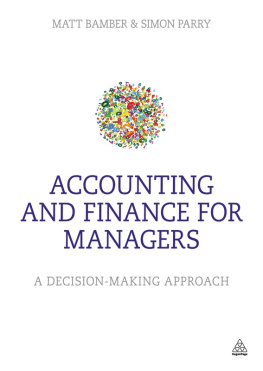Table of Contents
This book is printed on acid-free paper.

Copyright 2009 by John Wiley & Sons, Inc. All rights reserved.
Published by John Wiley & Sons, Inc., Hoboken, New Jersey.
Published simultaneously in Canada.
No part of this publication may be reproduced, stored in a retrieval system, or transmitted in any form or by any means, electronic, mechanical, photocopying, recording, scanning, or otherwise, except as permitted under Section 107 or 108 of the 1976 United States Copyright Act, without either the prior written permission of the Publisher, or authorization through payment of the appropriate per-copy fee to the Copyright Clearance Center, Inc., 222 Rosewood Drive, Danvers, MA 01923, (978) 750-8400, fax (978) 646-8600, or on the web at www.copyright.com. Requests to the Publisher for permission should be addressed to the Permissions Department, John Wiley & Sons, Inc., 111 River Street, Hoboken, NJ 07030, (201) 748-6011, fax (201) 748-6008, or online at http://www.wiley.com/go/permissions.
Limit of Liability/Disclaimer of Warranty: While the publisher and author have used their best efforts in preparing this book, they make no representations or warranties with respect to the accuracy or completeness of the contents of this book and specifically disclaim any implied warranties of merchantability or fitness for a particular purpose. No warranty may be created or extended by sales representatives or written sales materials. The advice and strategies contained herein may not be suitable for your situation. You should consult with a professional where appropriate. Neither the publisher nor author shall be liable for any loss of profit or any other commercial damages, including but not limited to special, incidental, consequential, or other damages.
For general information on our other products and services or for technical support, please contact our Customer Care Department within the United States at (800) 762-2974, outside the United States at (317) 572-3993 or fax (317) 572-4002.
Microsoft Office suite including Word, Excel, PowerPoint, and Access are registered trademarks of the Microsoft Corporation.
Wiley also publishes its books in a variety of electronic formats. Some content that appears in print may not be available in electronic books. For more information about Wiley products, visit our web site at www.wiley.com.
eISBN : 978-0-470-52631-6
List of Downloadable Materials
For access to the following list of downloadable materials for The Portable MBA in Finance and Accounting, Fourth edition, please visit www.wiley.com/go/portablembainfinance
Understanding Financial Statements Balance Sheet: Liabilities + Equity
Analyzing Financial Statements: Direct Competitor Comparison Worksheet
Analyzing Financial Statements: Financial Statement Ratio Analysis
Adjustment Worksheet for Sustainable Earnings Base
Adjustment Worksheet for Sustainable Earnings Base, Pfizer, Inc.
Discounted Cash Flow: Using Excel to Solve Financial Formulas
Discounted Cash Flow Web
Capital Structure Problems and Solutions
The Integrity of Financial Accounting: Sarbanes-Oxley and Fraudulent Financial Reporting
Information about the Sarbanes-Oxley Act and Corporate Governance and Financial Reporting
Ethics and the Golden Rule
Information Technology and You
Information Technology and the Firm
Syllabus
How Chapter Topics in This Book Track the Core MBA Curriculum
If one were to review the core curriculum for first-year students offered by most of the major MBA programs, one would find, in one form or another, the following courses:
Financial Accounting
Management Accounting
Financial Management
Business Law and Business Entities
Planning and Strategy
Information Systems
Operations Management
Decision Support or Management Sciences
Marketing
Managerial Economics
Organizational Behavior
Entrepreneurial Thinking
Of course this varies from school to school; however, the vast majority follow this pattern, including Harvard University, the University of Michigan, Babson College, Stanford University, Columbia University, and many others.
While this book makes no attempt to cover the entire core curriculum, it does cover most, if not all, of the accounting and finance topics, as well as several others. The following table compares the chapter topics with the typical courses that would be in an MBA program.
Preface
Since the third edition of this book was published in late 2001, much has happened to reshape the business world as we now know it. Our financial system almost collapsed. Stalwarts like Lehman Brothers and Merrill Lynch ceased to exist because they had assumed huge risk in financial instruments that were vastly overvalued. The mortgage market collapsed and along with it went a host of financial companies and banks that had invested in subprime mortgage-backed securities. Bernie Madoff went from obscurity to become a household name after allegedly bilking investors out of approximately $50 billion in the largest-ever Ponzi scheme. The stock market lost 35% of its value. Personal 401(k) retirement accounts were devastated, and people had to rethink their retirement plans. Companies planning to use their stock to finance the purchase of acquisitions found that the value of their stock had plunged. Credit became tight and financing difficult.
As a result of the Enron scandal, corporate governance has become a hot topic, with potential liability for CEOs and CFOs and with much increased and highly expensive and cumbersome added requirements for internal control imposed by the 2002 Sarbanes-Oxley Act.
All of these issues have created a new financial world that requires special skills for a manager to succeed. Do you have those skill sets?
Do you know how to accomplish these important business tasks?
Understand financial statements.
Measure liquidity of a business.
Analyze business profitability.
Differentiate between regular income and extraordinary items.
Predict future bankruptcy for an enterprise.
Prepare a budget.
Do a break-even analysis.
Figure out return on investment.
Compute the cost of capital.
Put together a business plan.
Legitimately minimize income taxes payable by you or your business.
Decide what your obligations are as an officer or director of the company.
Determine the implications of outsourcing a product, a function, or a project either domestically or internationally.
Manage foreign currency exposure.
Evaluate a merger or acquisition target.
Serve as a director of a corporation.
Build a successful e-business.
Understand and use financial derivatives.
Use information technology for competitive advantage.
Value a business.
These are some of the key topics explained in this book. It is a book designed to help you learn the basics in finance and accounting, without incurring the considerable time and expense of a formal MBA program. The book consists of valuable, practical how-to information, applicable to an entire range of businesses, from the smallest start-up to the largest corporations in the world. Each chapter of the book has been written by an outstanding expert in the subject matter of that particular chapter. Some of these experts are full-time practitioners in the real world, and others are business school professors with substantial real-world experience who also serve as part-time management consultants. Most of these professors are on the faculty of Babson College, which is famous for its major contributions to the field of entrepreneurship, and which year after year is at the top of the annual list of leading independent business schools compiled by U.S. News & World Report and the University of Marylands University College, a leading Internet university with 100,000 students, including 3,000 MBA students.


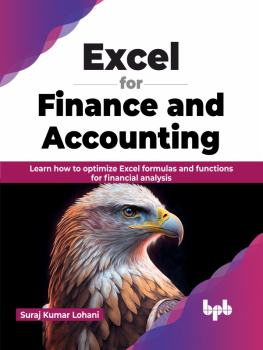

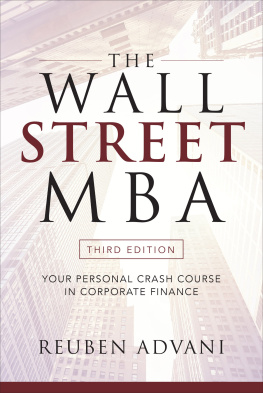

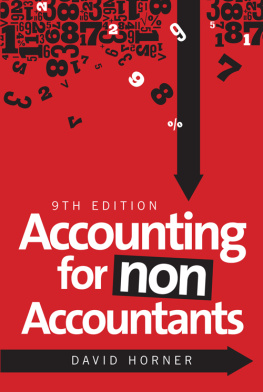
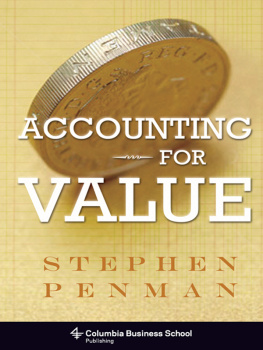
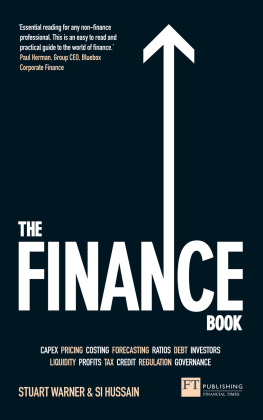
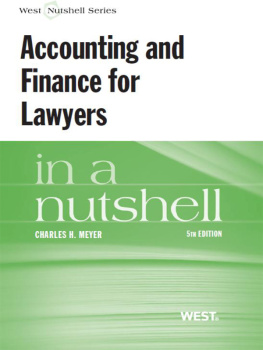
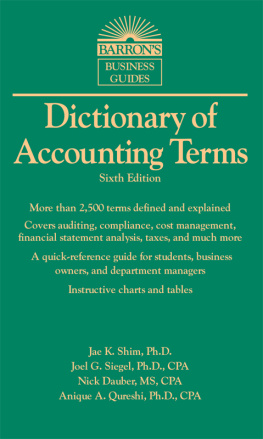
![Jane E. Kelly - Bookkeeping and Accounting All-in-One For Dummies [UK edition]](/uploads/posts/book/80164/thumbs/jane-e-kelly-bookkeeping-and-accounting.jpg)

